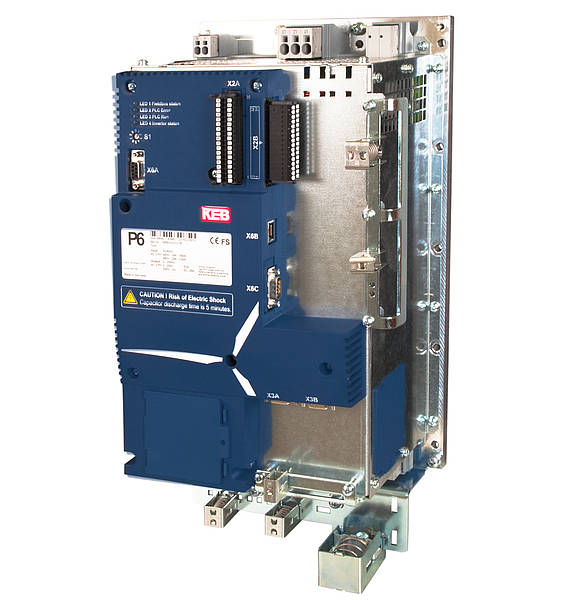Posted on 5th Dec 2023

Specifying a Variable Frequency Drive (VFD) involves providing detailed information about the application and system requirements to ensure that the selected VFD is suitable for the intended purpose. CM Industry Supply Automation - Lenze Drive & Keb F5 Drive supplier share a step-by-step guide on how to specify a VFD:
Motor Type: Specify the type of motor (induction, permanent magnet, synchronous, etc.).
Power Rating: Provide the motor power rating in horsepower (HP) or kilowatts (kW).
Voltage and Current Ratings: Specify the motor's voltage and current requirements.
Ambient Temperature: Specify the ambient temperature at the installation site.
Altitude: Mention the altitude if it significantly deviates from sea level.
Control Type: Indicate whether Volts per Hertz (V/F), vector control, or sensorless vector control is required.
Speed Range: Define the required speed range for the motor.
Enclosure Type: Specify the enclosure type based on the installation environment (e.g., NEMA 1 for indoor, NEMA 4X for outdoor).
Dust and Moisture Resistance: Specify the level of protection needed against dust and moisture.
Communication Protocols: Identify any specific communication protocols required for integration with other control systems (e.g., Modbus, Profibus, Ethernet).
Networking Requirements: Specify if the VFD such as Keb F5 Drive needs to be part of a networked system.
Overload Capacity: Specify the required overload capacity to handle peak loads.
Protection Features: Define the necessary protection features, such as overvoltage, undervoltage, overcurrent, short circuit, and overtemperature protection.
User Interface: Specify preferences for the user interface (e.g., keypad, touchscreen).
Programming Requirements: Identify any specific programming features needed for the application.
Energy-Saving Features: Specify any desired energy-saving features, such as sleep mode or energy optimization algorithms.
Braking Type: Specify the braking method required (e.g., dynamic braking, regenerative braking).
Braking Resistor: If needed, specify the braking resistor requirements.
Industry Standards: Specify any industry standards or certifications that the VFD such as Lenze Drive must comply with for safety and performance.
Warranty: Specify the desired warranty period.
Technical Support: Check for the availability of technical support and documentation.
Cost Constraints: Provide budget constraints and preferences for cost-effective solutions.
Installation Requirements: Specify any specific installation considerations.
Maintenance Needs: Identify preferences for ease of maintenance.
Scalability: Consider potential future expansions or modifications and ensure the VFD can accommodate them.
Engage Experts: If needed, consult with electrical engineers or VFD specialists CM Industry Supply Automation for advice on specific technical requirements.
By providing detailed information on these aspects, you can effectively communicate your VFD specifications to suppliers and manufacturers, ensuring that you receive a system tailored to your application's needs. Always consult with qualified professionals for technical advice and assistance.